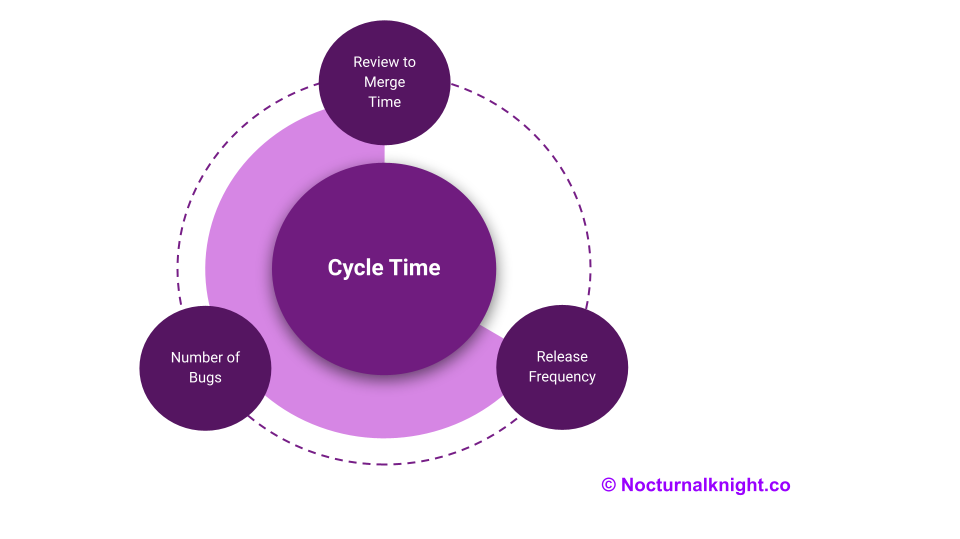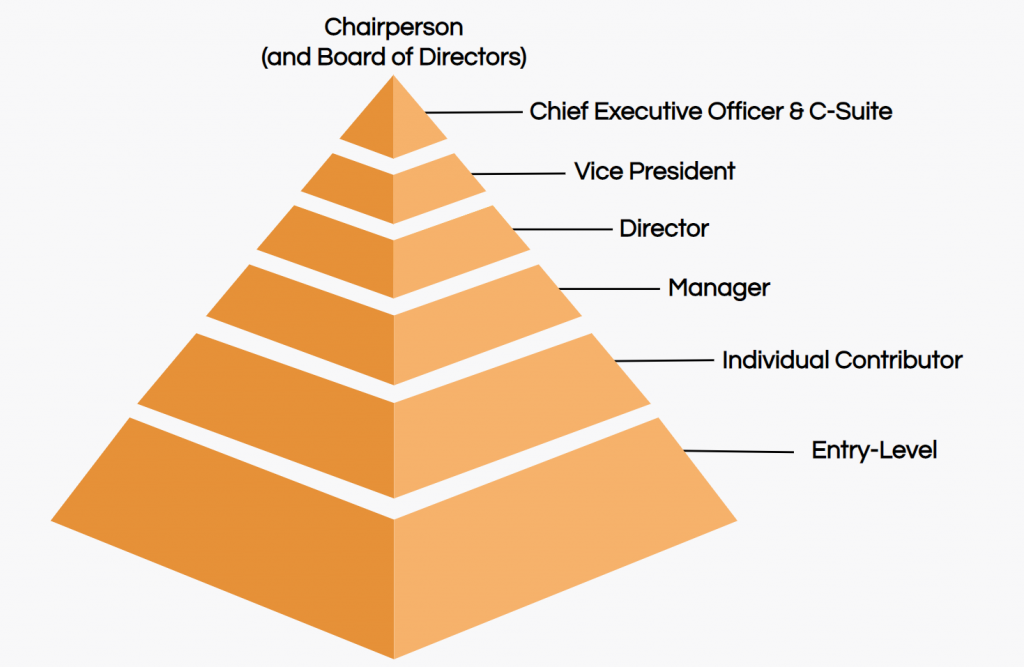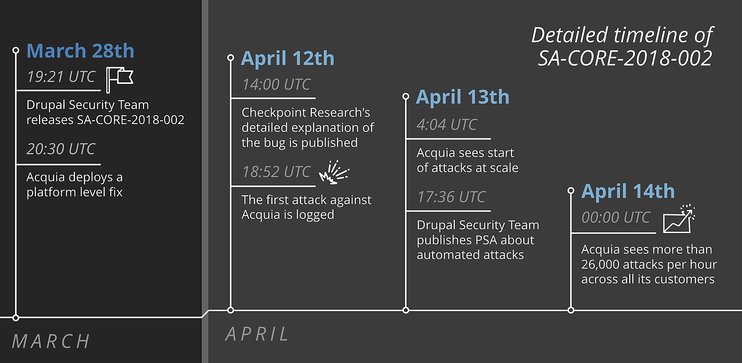A Leviathan Awakens: How Palantir Took Over Government AI
I. Introduction: The Unseen Empire
For years, Palantir has been the enigma of Silicon Valley. Once known for its secretive, high-stakes data work with intelligence agencies, it evolved into a cultural force, the nucleus of what many call the “Palantir Mafia.” As explored in previous pieces like Inside the Palantir Mafia: Secrets to Succeeding in the Tech Industry and Startups That Are Quietly Shaping the Future, its alumni have gone on to shape the world in both visible and subterranean ways.
But in 2025, the story pivots. As detailed in Innovation Drain: Is Palantir Losing Its Edge in 2025?, the company’s commercial growth slowed, innovation seemed to stagnate, and cultural relevance dimmed. Yet paradoxically, its profits soared.
Why? Because the leviathan found a new host, the government.
II. Government as a Business Model
Palantir’s Q1 2025 numbers stunned even seasoned analysts: revenue surged to $884 million, putting the company on a nearly $3.6 billion annual run-rate, with a staggering net profit of $214 million. This profitability was driven almost entirely by the public sector. Over 45% of its revenue came from U.S. government contracts, including:
- A landmark $10 billion Army enterprise deal that consolidates 75 separate contracts
- Active deployments in the FAA, IRS, CDC, and ICE
- International expansion through NHS UK and allied defence systems
What makes Palantir unique is not just what it builds, but how it embeds itself. Its software is no longer a tool; it is infrastructure. And once its proprietary data formats and analytical models are woven into an agency’s core processes, the technical debt and operational risk of removal become insurmountable.
III. The Ethical Cost of Indispensability
The WIRED exposé and a suite of supporting reports from The Washington Post and AINvest paint a troubling picture. Government agencies are increasingly outsourcing decision-making logic to Palantir’s opaque algorithms.
Whether it’s CDC pandemic modelling or ICE’s predictive analytics, the lack of transparency and public oversight is striking. The life-altering consequences of these opaque models—whether they influence a quarantine order or a deportation notice—are executed with the full force of the state, yet designed beyond the reach of public scrutiny. And when Business Insider revealed that Palantir executives like Shyam Sankar were simultaneously appointed as reserve officers in the U.S. Army while bidding on DoD contracts, the red flags couldn’t be clearer.
This is not just procurement, it’s institutional capture.
IV. AI, Warfare, and the New Lobbying Order
CEO Alex Karp has been unabashed about his mission. He frames Palantir as a “Pro-Western Values AI company,” standing in contrast to big tech firms, he claims are too appeasing of adversaries.
This narrative is powerful, and profitable. The GENIUS Act, signed in July 2025, provides regulatory clarity and budgetary guarantees for AI use in federal operations. Palantir has been instrumental in shaping its language.
Still, competitors are circling. Microsoft and OpenAI are quietly trialling AI models within federal programmes. But their frameworks, often open and research-driven, struggle to match Palantir’s closed, battle-tested ecosystem.
Proponents, including many within the DoD, argue this integration is a feature, not a bug. They contend that Palantir’s platform provides a level of speed and data fusion that legacy systems cannot match, a capability deemed essential for modern warfare. However, this argument sidesteps the fundamental question of whether battlefield efficiency justifies the outsourcing of public accountability.
V. Commercial Plateau vs. Government High
In Innovation Drain, we argued that Palantir had lost its edge. That may still be true, for the private sector. Commercial clients demand agility, flexibility, and measurable ROI. Palantir’s platform, by contrast, is tailored for slow-moving, high-budget bureaucracies.
What looks like stagnation in the tech world is actually peak performance in the defence-industrial complex.
VI. The Palantir Mafia’s Legacy Revisited
Ironically, while Palantir itself morphs into a government fixture, its alumni have diverged sharply. From Anduril’s autonomous defence platforms to Epirus’ directed-energy weapons and a slew of stealth analytics startups, the real innovation has escaped the mothership.
As discussed in Startups That Are Quietly Shaping the Future, these offshoots channel Palantir DNA, aggressive mission focus, stealth operations, and a disdain for Big Tech groupthink, into areas Palantir can no longer touch.
This raises a question: Is Palantir still part of the innovation ecosystem, or has it become a bureaucratic toolsmith for the surveillance state?
VII. Conclusion: Leviathan or Lighthouse?
Palantir is no longer just a company. It is an institution woven into the fabric of multiple governments, operating across domains where civilian oversight is minimal and ethical debate is muted.
Its rise is instructive, not just as a case of business success, but as a warning of what happens when tech monopolies gain state-like permanence. The question isn’t just whether Palantir is profitable. It’s whether we, as citizens, are comfortable with a private company wielding this much invisible power.
In 2025, the true Palantir story isn’t about code. It’s about control.
References & Further Reading:
- WIRED: “Palantir’s Profits Are Booming, Thanks to the Government“
- The Washington Post: “In Trump’s Washington, Palantir is Winning Big”
- Barron’s: “Palantir Won a Big Army Pact”
- The Daily Upside: “Palantir is the Big Winner of the Trump Trade”
- Investors.com: “Will Microsoft’s AI Models Break Into Palantir’s Government Turf?”
- Business Insider: “Watchdog Demands Probe as Tech CEOs Join Army Reserve”
- Chronicle Journal: “How Palantir’s Government Contracts Are Shaping Its Financial Future”
- Inside the Palantir Mafia: Secrets to Succeeding in the Tech Industry
- Inside the Palantir Mafia: Startups That Are Quietly Shaping the Future
- Innovation Drain: Is Palantir Losing Its Edge in 2025?










